Speaker
Description
This report describes major features of the most recent version of MARS code as well as ongoing developments.
In addition to a basic CSG geometry, the CERN ROOT geometry package is used. The latter is especially effective for complex geometry models with in-depth volume hierarchies. For accelerator applications, a beam line builder based on MADX is very helpful. In this case, a corresponding 3D geometry model of the tunnel with all the beam line components is built automatically, and the entire model follows the beam line itself. The automated built-in procedure needs a corresponding MADX input file and ROOT-based geometry models of the beam line components. Import of geometry models in GDML format is possible as well, in which case an extra tool is provided to perform processing for material assignments.
Structured and unstructured meshes can be used for scoring purposes. The scoring meshes can be overlapped. Unstructured meshes are especially helpful when correct description of borders between regions with different materials is important, for example, when studying energy deposition in a beam absorber with complicated water-cooling channels.
An update to the most recent version of TENDL nuclear data library provides detailed description of interactions with matter for a number of projectiles (p, d, t, $^{3}He$, $^{4}He$, and γ) at low-energies – from 250 keV up to 200 MeV. The library features both inclusive and exclusive distributions of secondary particles.
A recently implemented method to calculate residual radiation provides a possibility to get spatial distributions of residual dose in a single computer run without an intermediate source. Also, in the same run the calculations can be done for both irradiation and cooling geometries without an intermediate source.
Development of a new Python-based GUI is currently underway. Work on replacement of the LAQGSM event generator with a more recent code, DQGSM, developed at JINR (Dubna, Russia) is being performed. Also, work on replacement of obsolete features and improved modularity is ongoing.
| Scientific Topic 2 | Code status, development and model converters |
|---|

